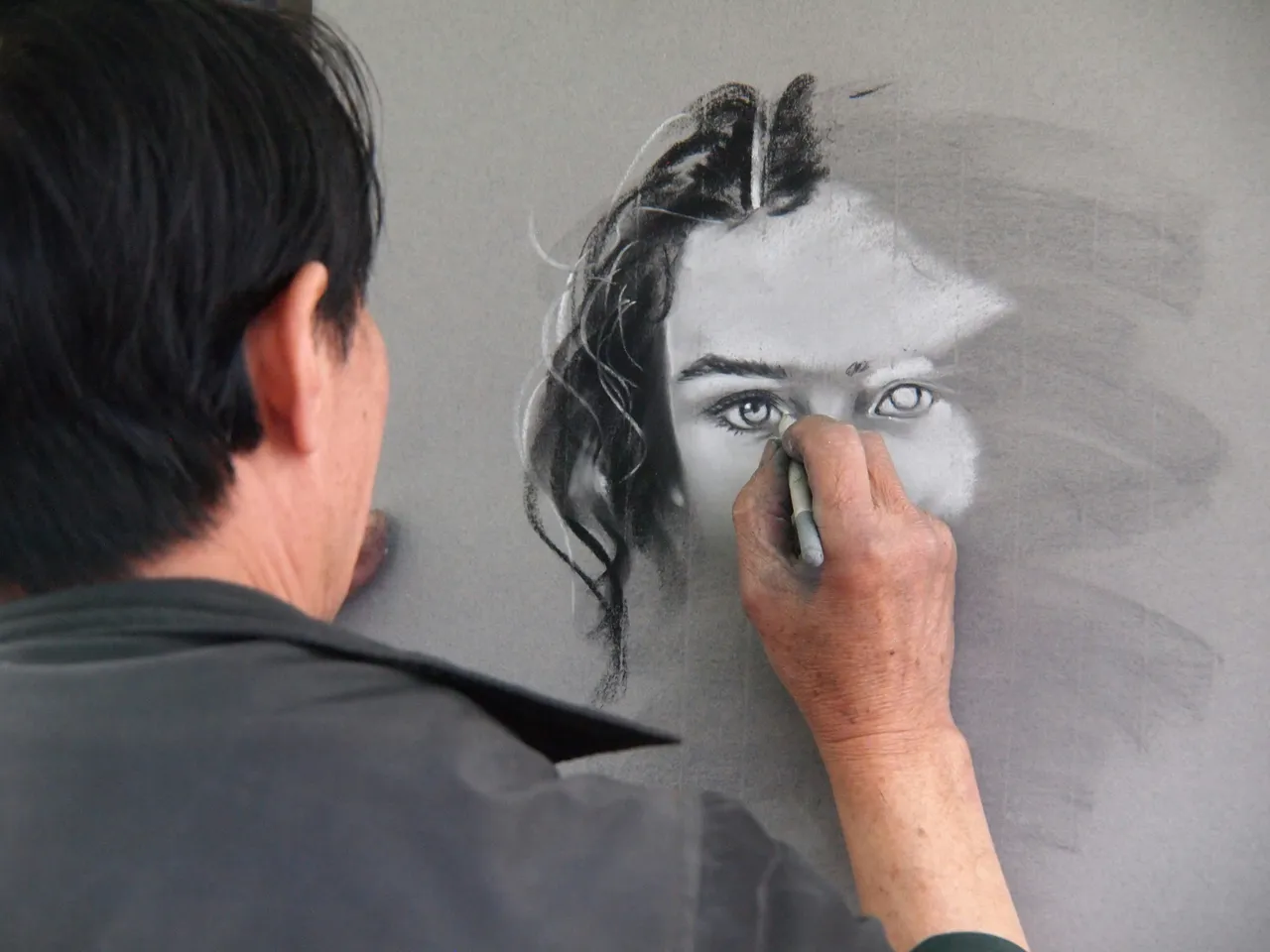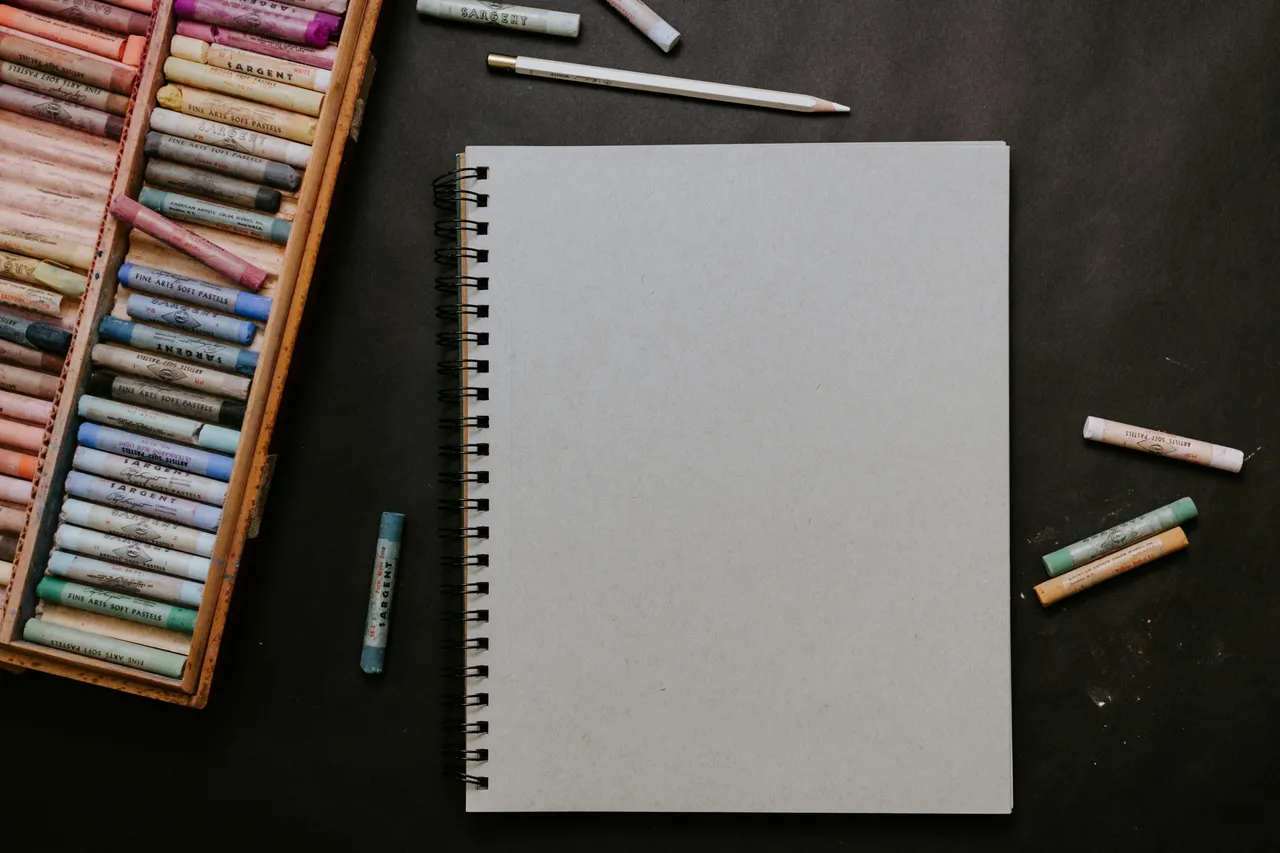Integrating Eco-Friendly Practices in Traditional Art Techniques
Art has always been a powerful medium for expression. It reflects culture, history, and personal experiences. Traditional art techniques, such as painting, sculpture, and printmaking, have stood the test of time. They showcase the creativity and skill of artists across generations. However, as we face pressing environmental challenges, the art world is evolving. The production of synthetic paints significantly contributes to pollution and resource depletion. Artists are increasingly merging these traditional techniques with modern eco-friendly practices. This blend preserves the integrity of their craft and promotes sustainability. This article explores how artists can transform traditional art methods by integrating eco-friendly practices. This leads to innovative expressions and a more sustainable future.
Understanding Traditional Art Techniques
Traditional art techniques encompass a wide range of practices passed down through generations. These include painting with oils or watercolors, sculpting with clay or stone, and printmaking using woodblocks or etching plates. Each technique carries its own cultural and historical significance. They often reflect the values and beliefs of the societies from which they originate. Common materials used in traditional art, such as synthetic paints and non-biodegradable mediums, raise concerns about their environmental impact. As artists seek to honor their heritage, they are also challenged to adapt their practices to align with modern sustainability goals.
Why Eco-Friendly Practices Matter
The art world has a significant environmental footprint. Traditional materials often contribute to pollution and resource depletion. The production of synthetic paints involves harmful chemicals that can affect both artists and the environment. As awareness of climate change and ecological degradation grows, the need for sustainable practices in art becomes increasingly urgent. By adopting eco-friendly methods, artists can reduce their environmental impact. They can promote safer working conditions and contribute to a healthier planet. Embracing sustainability benefits the environment and inspires artists to innovate and explore new creative avenues.
Examples of Transformation
Artists are rediscovering the beauty of natural dyes derived from plants, minerals, and other organic materials. Techniques such as indigo dyeing revive traditional practices while minimizing the ecological impact associated with synthetic dyes. By using plant-based pigments, artists can create vibrant works that support sustainable agriculture and reduce chemical waste.
The practice of using recycled and upcycled materials is gaining traction among artists. By repurposing discarded items, such as old canvases, paper, and even plastic, artists create unique pieces that tell a story of transformation. This approach reduces waste and encourages creativity and resourcefulness. For example, artist Eliana Rasso transforms plastic waste into stunning sculptures, showcasing the potential of upcycled materials.
In painting and mixed media, biodegradable binders can replace traditional synthetic options. These natural binders break down over time. They contribute to safer studio practices and reduce the overall environmental impact of the artwork. Artists can experiment with various natural binders, such as casein (a milk protein) or plant-based glues. This allows them to create beautiful pieces without compromising their commitment to sustainability.
Zero-waste art practices focus on minimizing waste throughout the creative process. Artists can adopt strategies such as planning their projects carefully, using every scrap of material, and composting organic waste. This approach fosters creativity and promotes a mindful relationship with resources. For instance, an artist might use leftover fabric scraps to create a patchwork quilt. This turns potential waste into a beautiful work of art.
Benefits of Combining Traditional and Eco-Friendly Practices
Merging traditional art techniques with eco-friendly practices fosters innovation and creativity. Artists who embrace sustainable methods often find new ways to express their ideas. This leads to unique and impactful works. Additionally, these practices contribute to a positive environmental impact. They reduce reliance on harmful materials and promote a healthier planet. By connecting with nature through their art, artists can raise awareness about ecological issues. They can inspire others to consider their environmental footprint. The Eco-Art movement has gained momentum, with artists like Anna Herrington using their work to advocate for environmental conservation.
Practical Tips for Artists
For artists looking to incorporate eco-friendly practices into their work, here are some actionable tips. Seek out suppliers that offer eco-friendly art materials, such as natural paints, recycled papers, and biodegradable tools. Websites like EcoArt Supplies provide a range of environmentally friendly materials.
Try creating your own dyes using fruits, vegetables, and plants. This hands-on approach enhances your connection to the materials. It also allows for unique color palettes. For example, avocado pits can produce beautiful pink hues, while turmeric yields vibrant yellows.
Consider how you can minimize waste in your creative process. Plan your projects carefully. Use leftover materials creatively and compost organic waste to contribute to a more sustainable practice. For instance, consider hosting a community art swap to exchange unused materials with fellow artists.
Conclusion
Integrating eco-friendly practices in traditional art techniques is not just a trend. It is a necessary evolution in the art world. By embracing sustainability, artists can honor their heritage while contributing to a healthier planet. The integration of eco-friendly materials and methods opens up new avenues for creativity. This allows artists to connect with nature and inspire others. As we move forward, let us encourage one another to explore these practices. Together, we can foster a vibrant, sustainable art community. Share your own eco-friendly art practices or participate in community workshops focused on sustainable art to inspire change and creativity.
This article was developed using available sources and analyses through an automated process. We strive to provide accurate information, but it might contain mistakes. If you have any feedback, we'll gladly take it into account! Learn more


